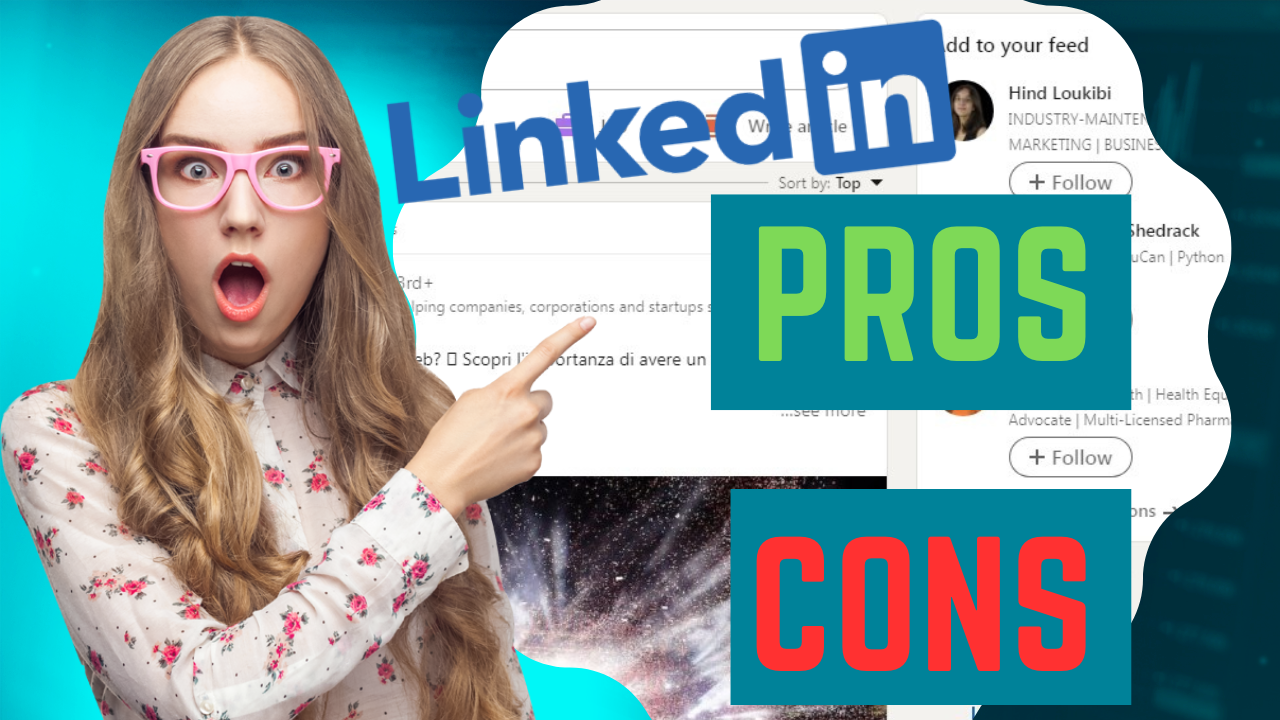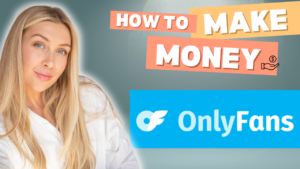
Initially used as an online CV platform, LinkedIn has gradually changed to adjust its features to the current needs of professionals. What is the use of being on LinkedIn when you are self-employed? What are LinkedIn’s strengths and what are its limitations?
LinkedIn, what is it exactly?
Created in 2003, LinkedIn has become in a few years the largest professional social network in the world, with 400 million users and 4 million company pages.
The goal of LinkedIn is to simplify the connection of professionals in order to build a network and expand it. Like other social networks, LinkedIn members have the ability to distribute content and engage with posts in their News Feed.
There are two types of accounts on LinkedIn:
- the personal profile: a real online CV, the profile allows professionals to present their careers and experiences.
- the company page: it allows companies to highlight their activities and news.
If the primary objective remains online networking between professionals, LinkedIn today offers new possibilities for companies (a bit like Twitter) : increased online visibility, construction of an expert image through the distribution of content, generation of traffic to the website, etc.
The advantages of LinkedIn
As we mentioned, LinkedIn has created a system of pages to allow companies to communicate about their business. However, be aware that this remains of little relevance for very small structures. We advise freelancers to create and develop a personal profile on LinkedIn rather than a company page.
1 – Create new opportunities through networking
LinkedIn allows you to easily get in touch with the various actors who gravitate in your sector of activity. With just a few clicks, you can send an invitation to another profile and expand your network. However, be in a qualitative and not quantitative approach: favor contacts that bring you added value.
Using LinkedIn as a networking tool can lead to new opportunities for your self-employed business: prospecting for new customers, setting up partnerships, discovering new suppliers, etc.
To put the odds in your favor, take the time to create an information-rich personal LinkedIn profile. It should highlight you while clearly explaining how you can help your future customers.
2 – Control your image on the web
This social network is part of a strategy to develop and control your e-reputation (image of your company on the web). This is all the more true if you do not have a website that would allow you to explain who you are and what you do.
When an Internet user wants to know more about you, his first instinct will be to type your identity in the Google search bar. As LinkedIn is considered a serious and qualitative platform by this search engine, your personal LinkedIn profile will appear in the first results. It’s up to you to take advantage of it to develop a dynamic and professional image for your company!
3 – Increase the influence of your company
As you probably know, writing and publishing valuable content on your topic has two great advantages:
- it makes you more legitimate in the eyes of your community (expert position)
- this contributes to natural referencing (free) and increases your visibility during searches by Internet users
LinkedIn attaches particular importance to the professional content published on its platform. Thanks to the LinkedIn Pulse tool, you will be able to publish structured texts enriched with images and videos.
Thus, you will be able to:
- develop the influence of your company: people who follow you or discover you will feel impacted
- increase your visibility: content published through LinkedIn Pulse is indexed by Google and may appear in the results
4 – Carry out an active watch on your environment
For any company that wishes to develop, carrying out an informational and competitive watch is essential to stay up to date with the latest news and anticipate trends.
Used well, LinkedIn is a great business intelligence tool for your business. To do this, you must build a relevant network that brings real added value through their sharing: add institutions in your sector and influencers, subscribe to your competitors’ company pages. Again, try to balance between quantity and quality of contacts.
LinkedIn can also be a source of inspiration for rethinking your offers. For this, LinkedIn discussion groups are real mines of information! They will allow you to understand what are the current issues and the needs of your potential prospects.
The disadvantages of LinkedIn
1 – A time-consuming social network
If you want to get real results, and like most social networks, LinkedIn requires you to spend time there. Between the creation of an attractive and differentiating personal profile, interaction in discussion groups, monitoring of news and expansion of the network, your presence must be almost daily.
If you aim to establish yourself as an expert in your topic, you will need to plan significant additional time to create and publish your content.
2 – A B2B-oriented platform
Before you start on LinkedIn, you should keep in mind that this social network connects professionals with each other. Members who use LinkedIn for business purposes (finding new prospects) are professionals who have an exclusively professional clientele.
In other words, a company with an individual clientele that wants to use LinkedIn to sell has no interest in being there. On the other hand, if you are in this case, you can absolutely join LinkedIn to carry out a watch, identify influencers or seek new partners.
Conclusion
LinkedIn is a social network that has excellent advantages for B2B professionals who want to manage their web presence and develop their network. In addition, it can prove to be an essential tool if you do not have a website and want to communicate about your activity. Nevertheless, it requires a significant investment in terms of time and is not suitable for professionals with private customers.





